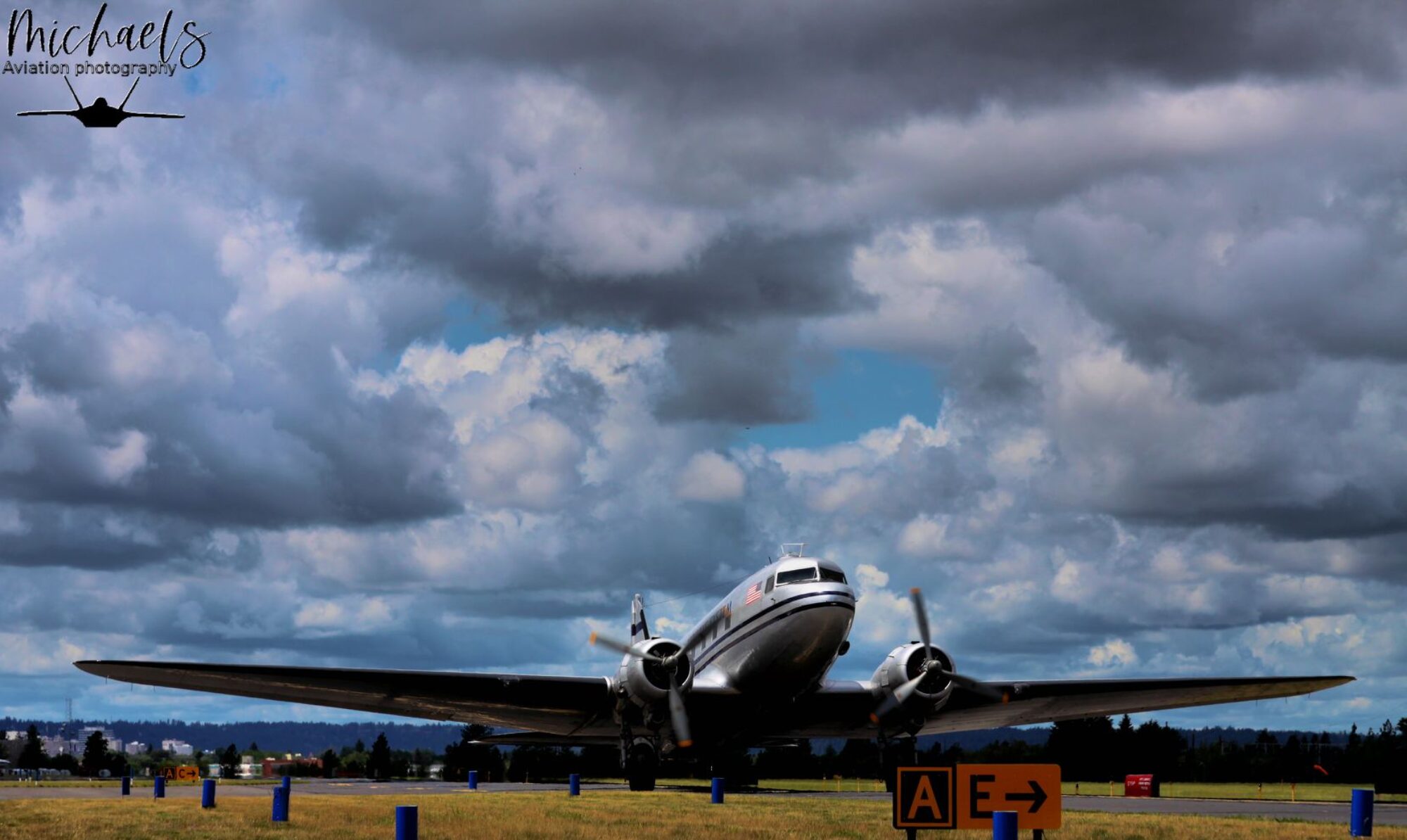
Development: The Bf-109’s development began in the mid-1930s, and it first flew in 1935. It was originally designed as a single-seat, monoplane fighter.
Variants: Numerous variants of the Bf-109 were produced throughout the war, each with improvements in speed, armament, and other features. Some notable variants include the Bf-109E, Bf-109F, and Bf-109G. Emile, Franz and Gustaf respectively. ![]()
Role in WWII: The Bf-109 played a crucial role in the early stages of World War II, especially during the Battle of Britain. It was the primary fighter aircraft of the German Luftwaffe and saw action on multiple fronts. Absorbing many duties it wasn’t intended for, it truly was a masterpiece, to fly it you will feel it being very deliberate.
Performance: The Bf-109 was known for its excellent speed, agility, and climb rate. It was armed with machine guns and later versions included cannons for increased firepower. All versions were truly lethal and ahead of the curve at the beginnings of war.
Adaptability: The Bf-109 demonstrated adaptability, serving in various roles such as interceptor, bomber escort, and ground-attack aircraft. It remained in service throughout the war, evolving to meet changing combat demands.
Notable Aces: Many German fighter aces, such as Erich Hartmann and Adolf Galland, achieved significant success flying the Bf-109. The image above is In Gallands Livery.
Post-War Use: After World War II, some countries continued to use captured or acquired Bf-109s. The design itself was license to Spain, into which they created the bouchon. A not very noteworthy adoption in my humble opinion ,,The 109 design and the aircraft itself could not be helped to have been a large influence in later designs and had a lasting impact on aviation.
The Bf-109’s longevity and versatility contribute to its status as one of the most recognizable and historically significant fighter planes of World War II.

